GC Column Fundamentals
This learning path on GC column fundamentals covers stationary phase chemistry, column dimensions (length, diameter, film thickness), and phase selection for different analytes. It includes optimizing retention, resolution, and efficiency. Practical strategies focus on column installation, conditioning, maintenance, and troubleshooting to ensure reliable, high-performance gas chromatographic separations.
1 Module 1 Webcast 5 Quick Guides
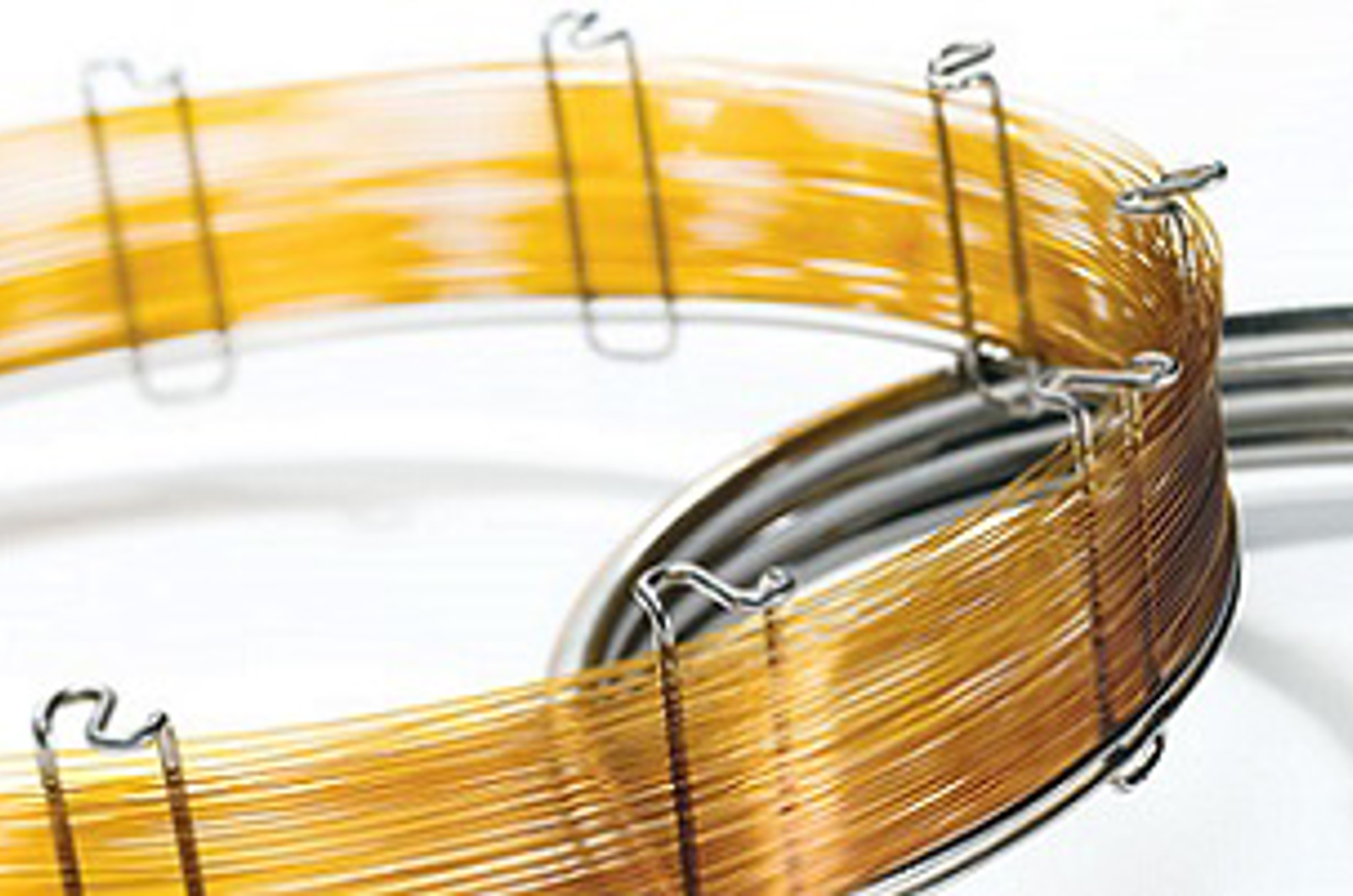
7 Items
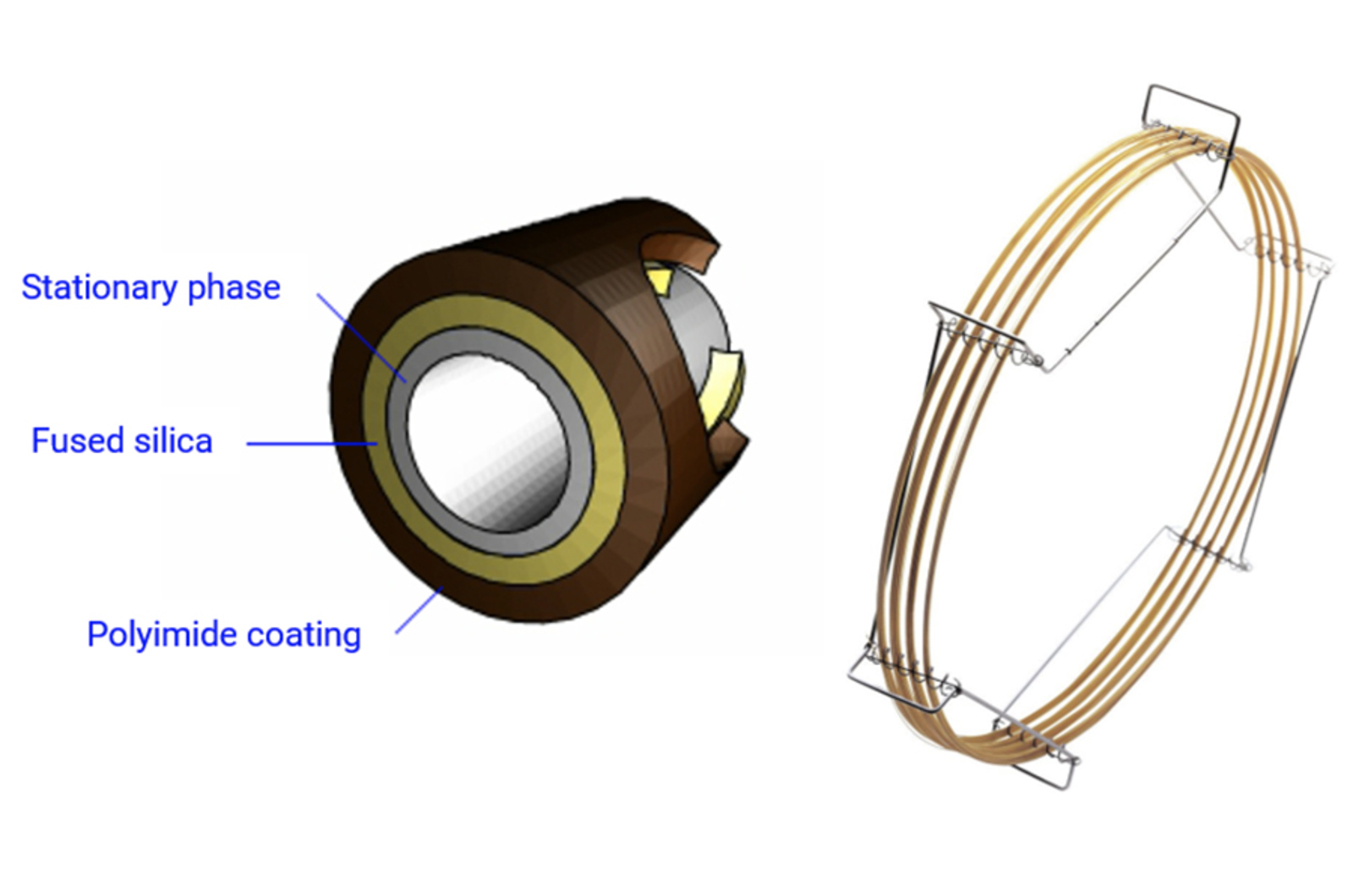
GC Columns
The aims of this module include the comparison and contrast of packed and capillary columns. A revision session of of fundamental intermolecular interactions is included in order to relate the various types of interaction to retention in GC. We will explore various stationary phase types and explain the critical factors in choosing a phase. The important physical parameters of capillary GC columns and their relationship with retention, resolution and efficiency in GC separations is investigated.
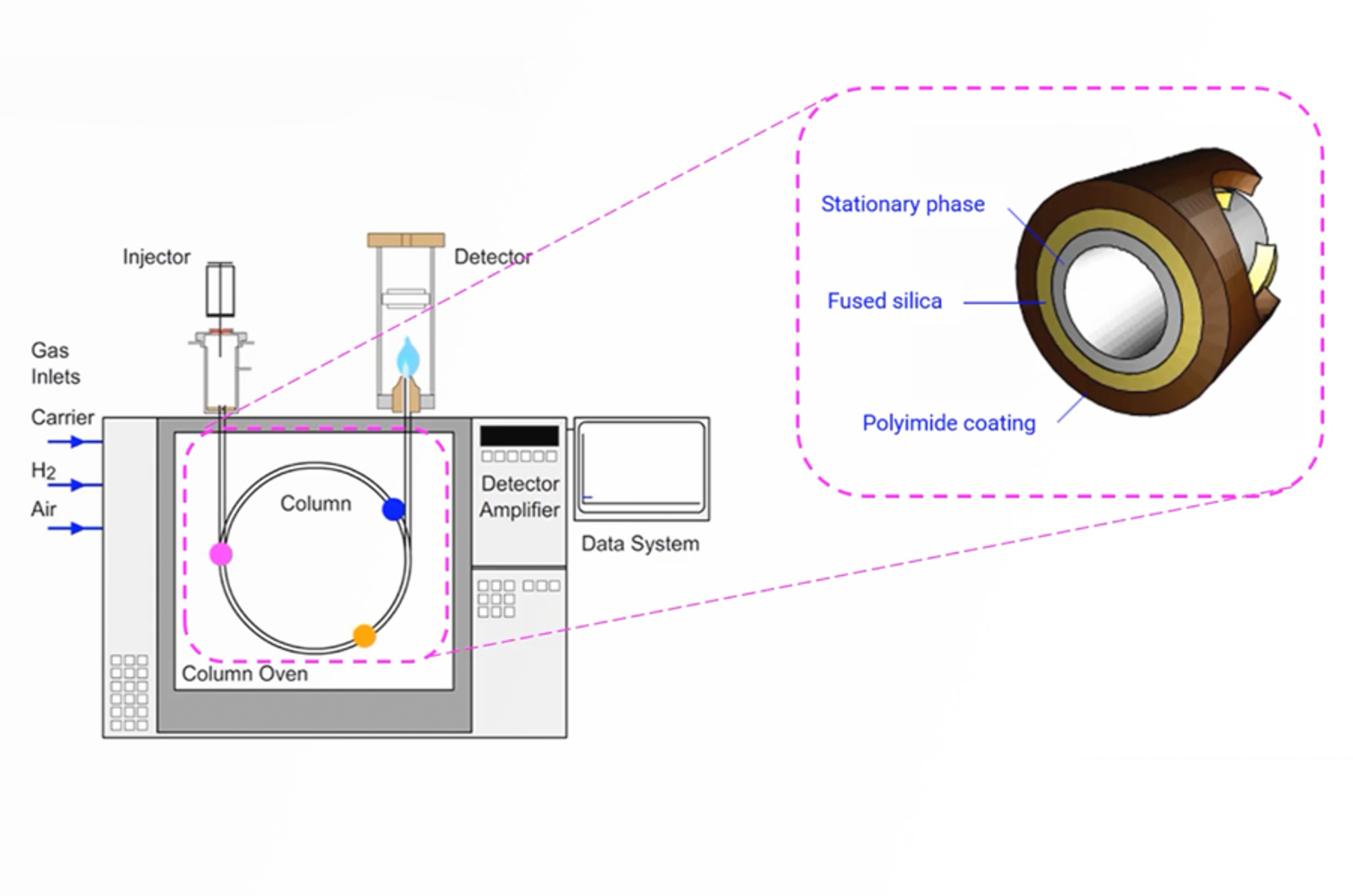
How to Select the Optimum GC Column
Whilst the choice of GC columns may seem myriad, the number of chemistries is actually rather limited; in this webcast you will learn how to select the best stationary phase composition for your application along with the factors which should influence your selection of column dimensions.
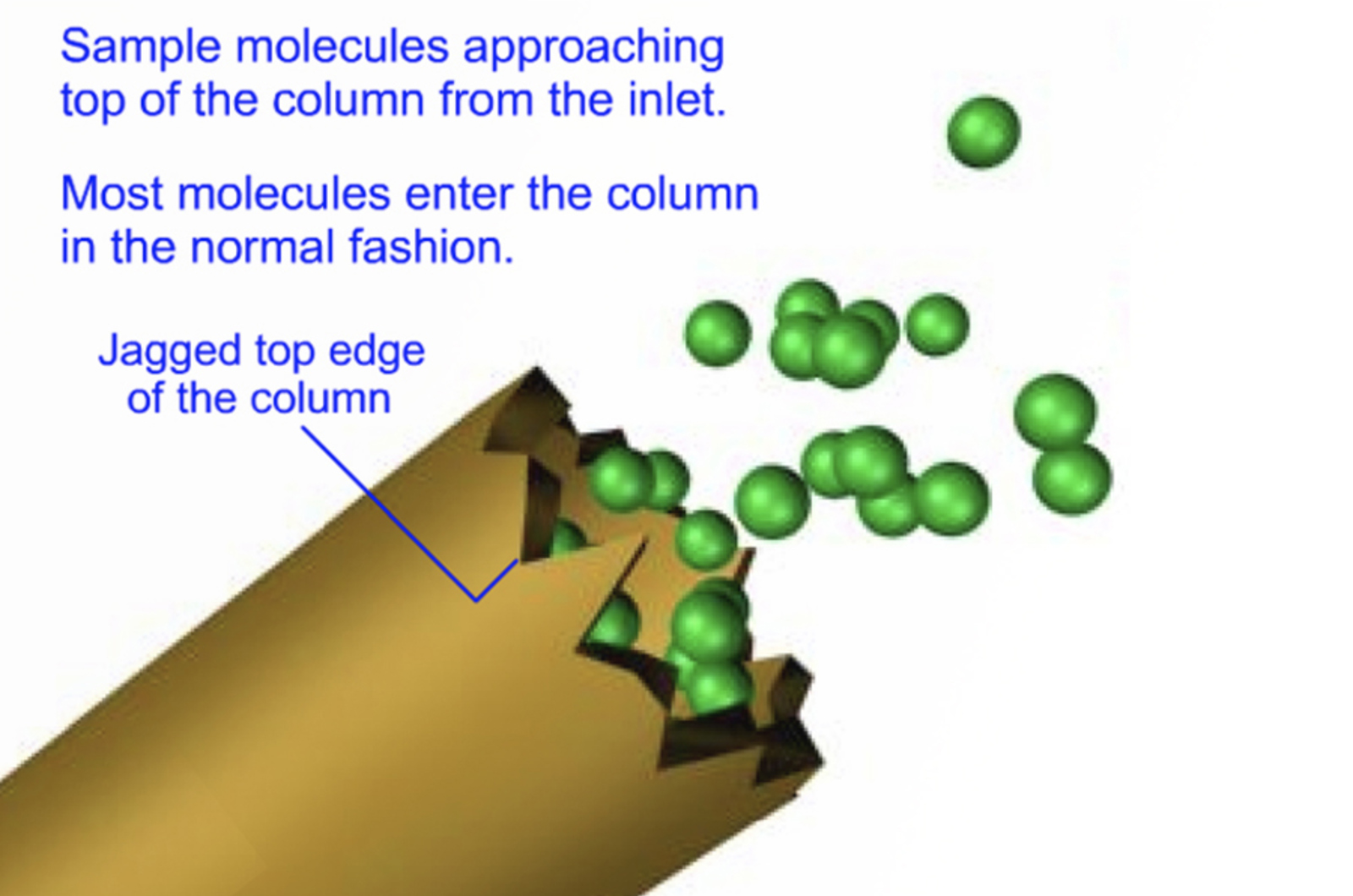
GC Column Installation
A properly installed GC column is the most important beginning for your work. GC columns need to be properly prepared to avoid issues such as high bleed and poor peak shape. Poor installation can lead to reduced efficiency (broad peaks), peak shouldering or splitting, and poor quantitative reproducibility. Follow our step by step guide to ensure your column is correctly installed every time, giving you great chromatography, analysis after analysis.
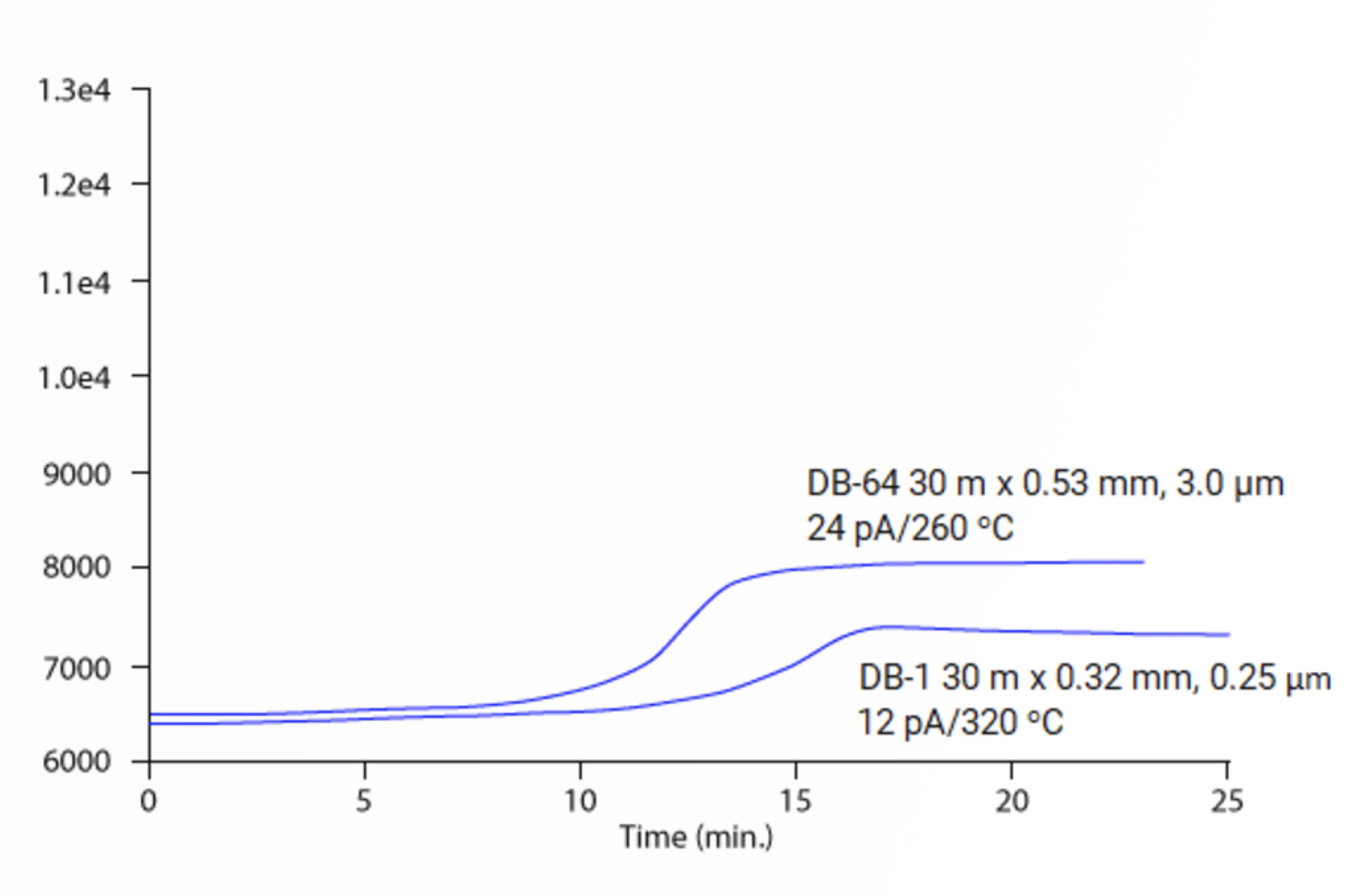
GC Column Conditioning
The procedure to condition a GC column depends upon the polarity of the stationary phase, the column length, internal diameter and thickness of the stationary phase film and the required upper operating temperature. Follow these tips and tricks to save time when conditioning GC columns.
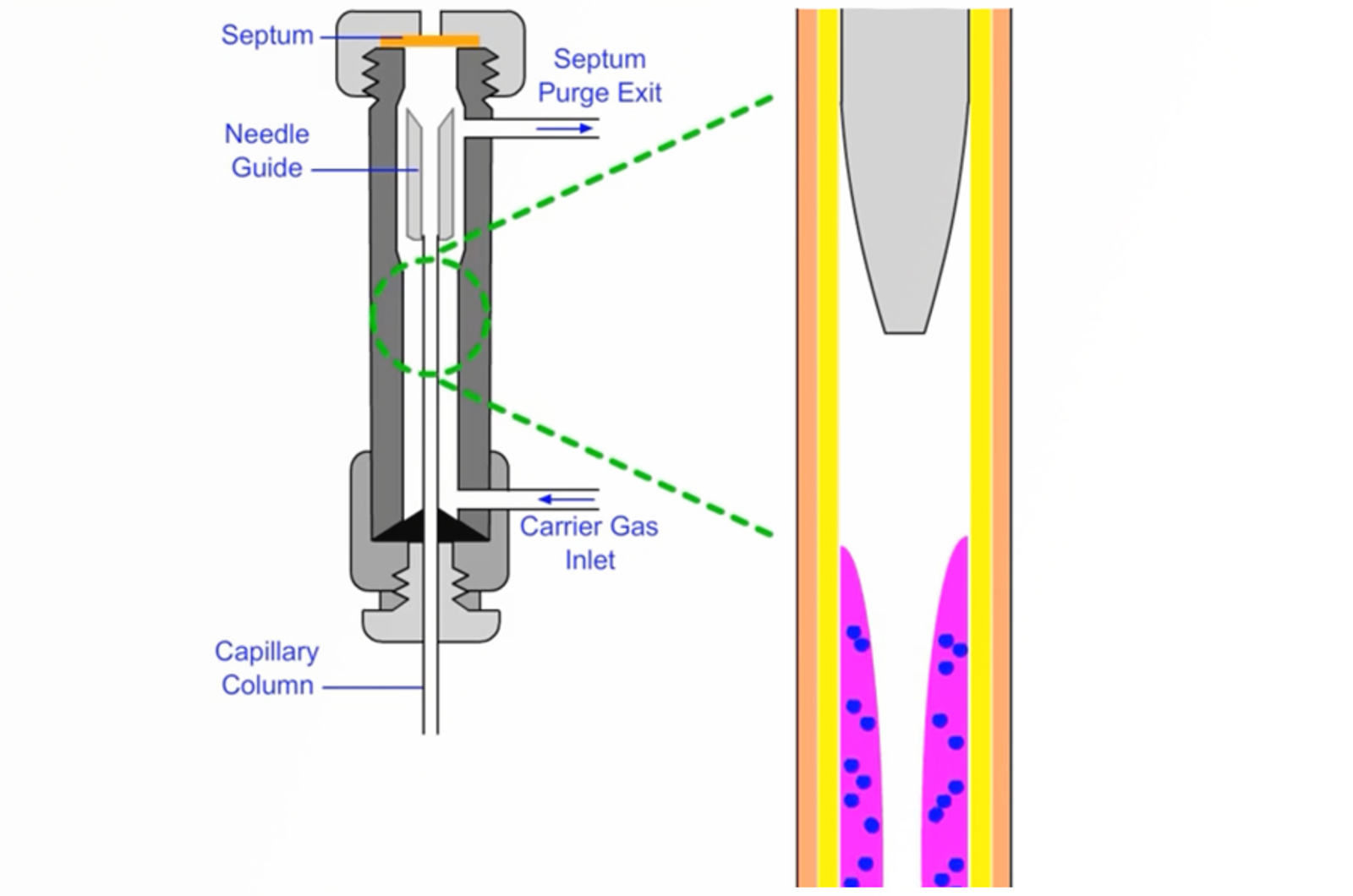
Guard Column or Retention Gap?
This article will look at how retention gaps are used with different modes of injection and how to cost effectively use guard columns. Retention gaps are mainly used for focusing sample components when introducing a large (liquid) sample directly onto the column, whereas, guard columns are used to protect the analytical column from contamination. When using a retention gap system, the retention gap will also act as a guard column, but its primary function is to create a focusing effect.
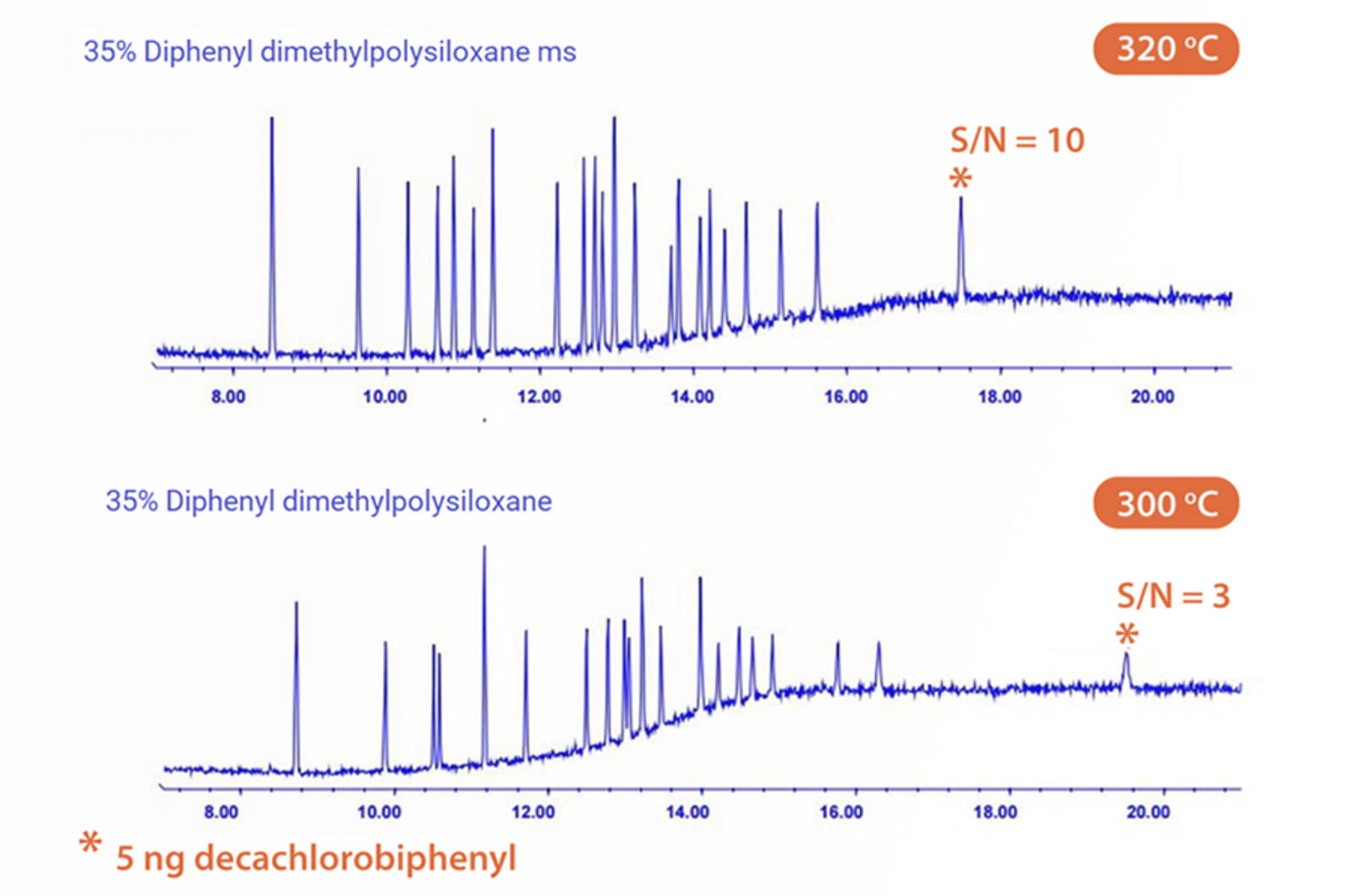
GC-MS Columns for GC Methods
Could you gain sensitivity in your GC method by utilizing a GC-MS column? The answer is yes! GC-MS designated columns have been designed to exhibit reduced bleed and high inertness even at elevated temperatures. For GC-MS applications low bleed stationary phases reduce column contribution to background noise which results in improved mass spectral purity and more accurate library identification. This quick guide discusses the benefits of using MS rated columns.
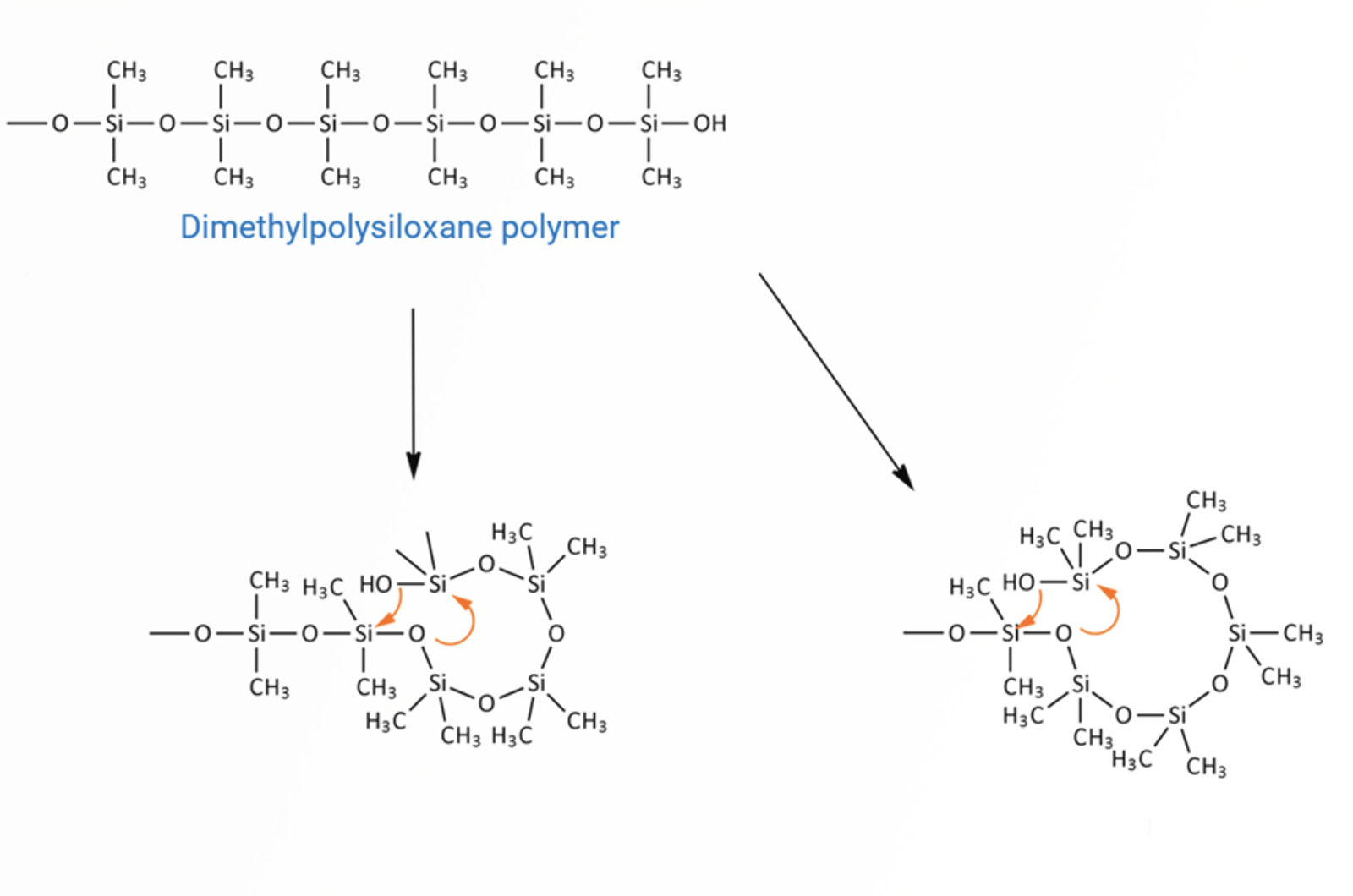
GC Column Maintenance - Prevention is Better than Cure
Using proper procedures for capillary GC column storage and conditioning can have a major impact on column lifetime and the quality of results obtained. This tips and tricks instalment covers everything you wanted to know but were afraid to ask about proper GC column maintenance.
